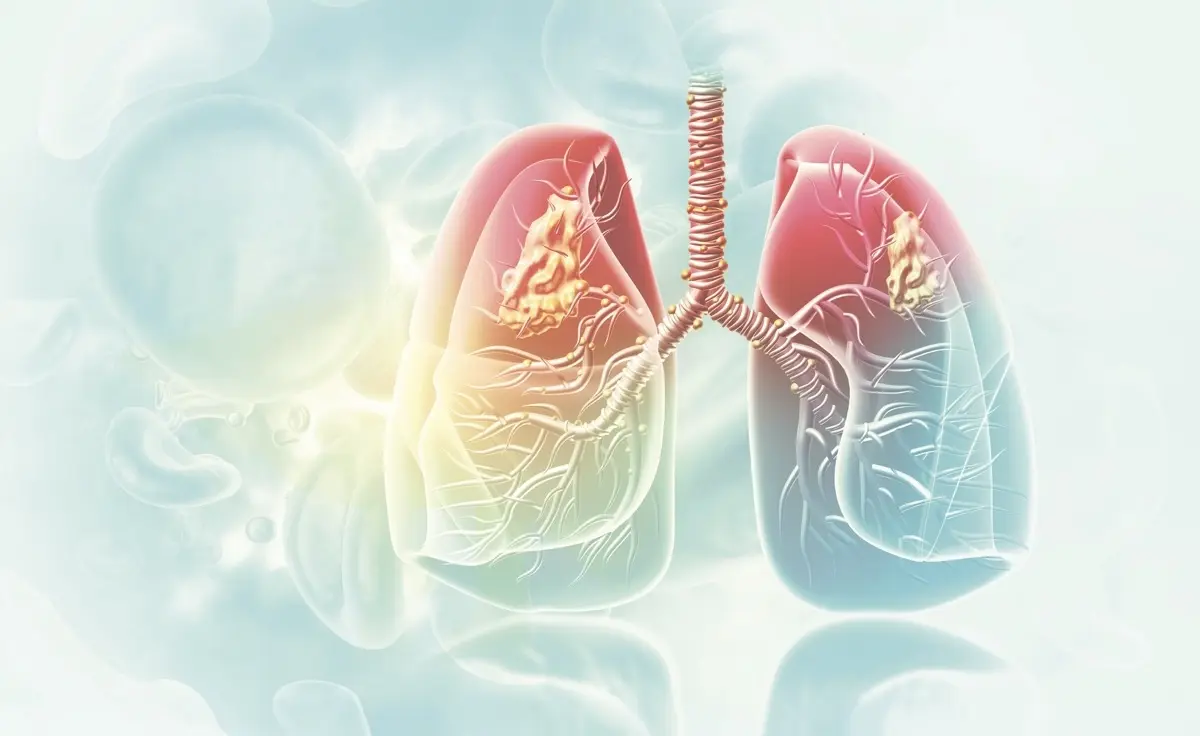News & Articles

Understanding Lung Cancer: Early Signs, Risks & Screening

Early detection and advances in treatment are giving patients a better chance than ever – but awareness of risks and symptoms remains crucial. We answer your questions on symptoms, screening and risk factors related to lung cancer.
1. What are the early symptoms of lung cancer? Can it occur without symptoms?
Early-stage lung cancer is usually asymptomatic. This is why screening is encouraged for individuals at risk. Symptoms such as coughing up blood, chest wall pain, weight loss, increasing breathlessness and swelling of the neck typically appear only in more advanced stages.
Lung cancer screening using a low-dose computed tomography (CT) scan has been proven to detect early-stage cancers and reduce mortality in individuals aged between 50 and 80 with a strong smoking history or a family history of lung cancer.
2. Is occasional dizziness or coughing a sign of lung cancer? What tests are used to detect it?
Dizziness and coughing are not specific symptoms of lung cancer. The important point is to discuss any new or persistent symptoms lasting beyond a few weeks with a doctor, who can then determine if further investigations are necessary.
3. If the results of an X-ray for bronchitis are normal, is further lung screening needed, especially with a family history?
After a single episode of bronchitis, routine lung cancer screening is not necessary for the average individual.
However, if a person has recurrent pneumonia affecting the same part of the lung on X-ray, a CT scan may be recommended to rule out cancer. While no specific gene has been identified as increasing the risk of familial lung cancer, we have seen clusters of lung cases within families. Screening between ages 50 and 80 is advised for those with a family history of lung cancer.
4. Can lung cancer be detected through a blood test?
Lung cancer is typically suspected based on imaging tests such as CT or positron emission tomography (PET) scans, followed by a biopsy or surgery to confirm the diagnosis.
Blood tests can play a role in identifying genetic mutations that drive the cancer and help doctors choose the most effective treatment. However, cancer markers in the blood are not a reliable screening tool for lung cancer. New multicancer blood tests, which detect small fragments of abnormal DNA, show promise but should complement traditional methods like mammograms (for breast cancer) and low-dose CT scans (for lung cancer).
5. What are the main risk factors?
Number one is cigarette smoking, including passive smoking. Other environmental carcinogens include air pollution, such as that from burning fossil fuels, naturally occurring radiation such as radon, and exposure to substances like asbestos and silica. Family history, particularly among Asians, and chronic lung conditions such as tuberculosis are additional risk factors.
6. Does exposure to air pollution or asbestos contribute to lung cancer risk?
Yes. Chronic exposure to air pollution and asbestos increases the risk of developing lung cancer. Asbestos fibres can cause scarring and inflammation in the lungs, as well as mesothelioma, an uncommon cancer of the lung lining.
7. If smoke is not inhaled deeply, such as with cigars, is the risk of lung cancer lower?
No. Not inhaling deeply does not make smoking safer. Secondary smoke remains in the surrounding air and is inhaled. More importantly, this method still increases the risk of cancers of the oral cavity, throat and oesophagus.
| POSTED IN | Cancer Prevention |
| TAGS | lung cancer |
| PUBLISHED | 01 July 2025 |
